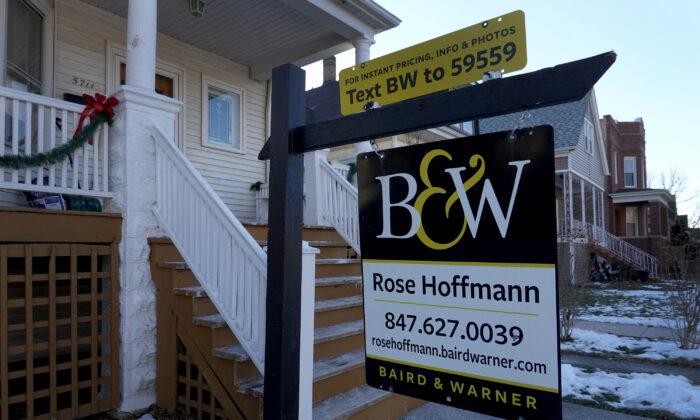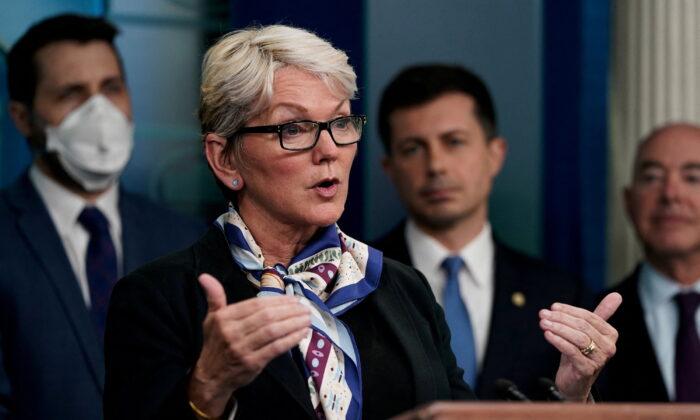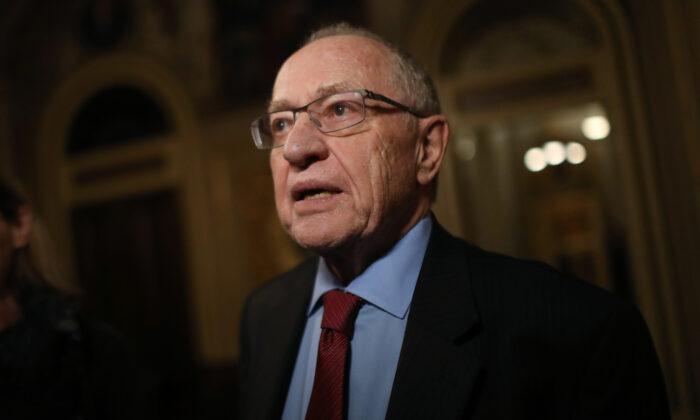The number of mortgage applications from prospective homebuyers declined for the week ending Feb. 4, along with the share of refinance applications, following the rise in mortgage interest rates.
“Rates followed the U.S. 10-year yield and other sovereign bonds as the Federal Reserve and other key global central banks responded to growing inflationary pressures and signaled that they will start to remove accommodative policies.”
As mortgage rates were 87 basis points higher than a week back, there was a decline in refinance applications, Kan noted. Refinance applications only made up 56.2 percent of the total applications, falling from 57.3 percent in the previous week.
“Purchase activity slowed after the previous week’s gain. Both conventional and FHA purchase applications saw proportional declines, resulting in purchase activity overall dropping 10 percent,” Kan said. “The average loan size again hit another record high at $446,000. Activity continues to be dominated by larger loan balances, as inventory remains tight for entry-level buyers.”
The average contract interest rate for 30-year fixed-rate mortgages with a conforming loan balance of $647,200 or less rose from 3.78 percent to 3.83 percent while those having jumbo loan balances (greater than $647,200) increased from 3.59 percent to 3.62 percent. Interest rates on 30-year fixed-rate mortgages backed by the FHA increased to 3.93 percent from 3.86 percent.
The Refinance Index declined by 7 percent and was 52 percent lower when compared to the same week a year back, the MBA stated. Adjusted seasonally, the Purchase Index declined 10 percent. On an unadjusted basis, the Market Composite Index decreased 6 percent while the Purchase index fell by 3 percent. Compared to a year ago, the unadjusted Purchase Index was lower by 12 percent.
Home prices have also risen considerably, pricing out many families. Home prices have increased by 30 percent since 2019, with the result that a typical house now costs roughly $80,000 more than it cost before the pandemic.
“A household earning $75,000 to $100,000 can currently afford to buy 51% of the active housing inventory. Nevertheless, that same household could afford to buy 58% of the homes for sale in 2019. Thus, during the pandemic, affordability for households in the income bracket $75,000-$100,000 dropped by 7 percentage points,” the report noted.






Friends Read Free